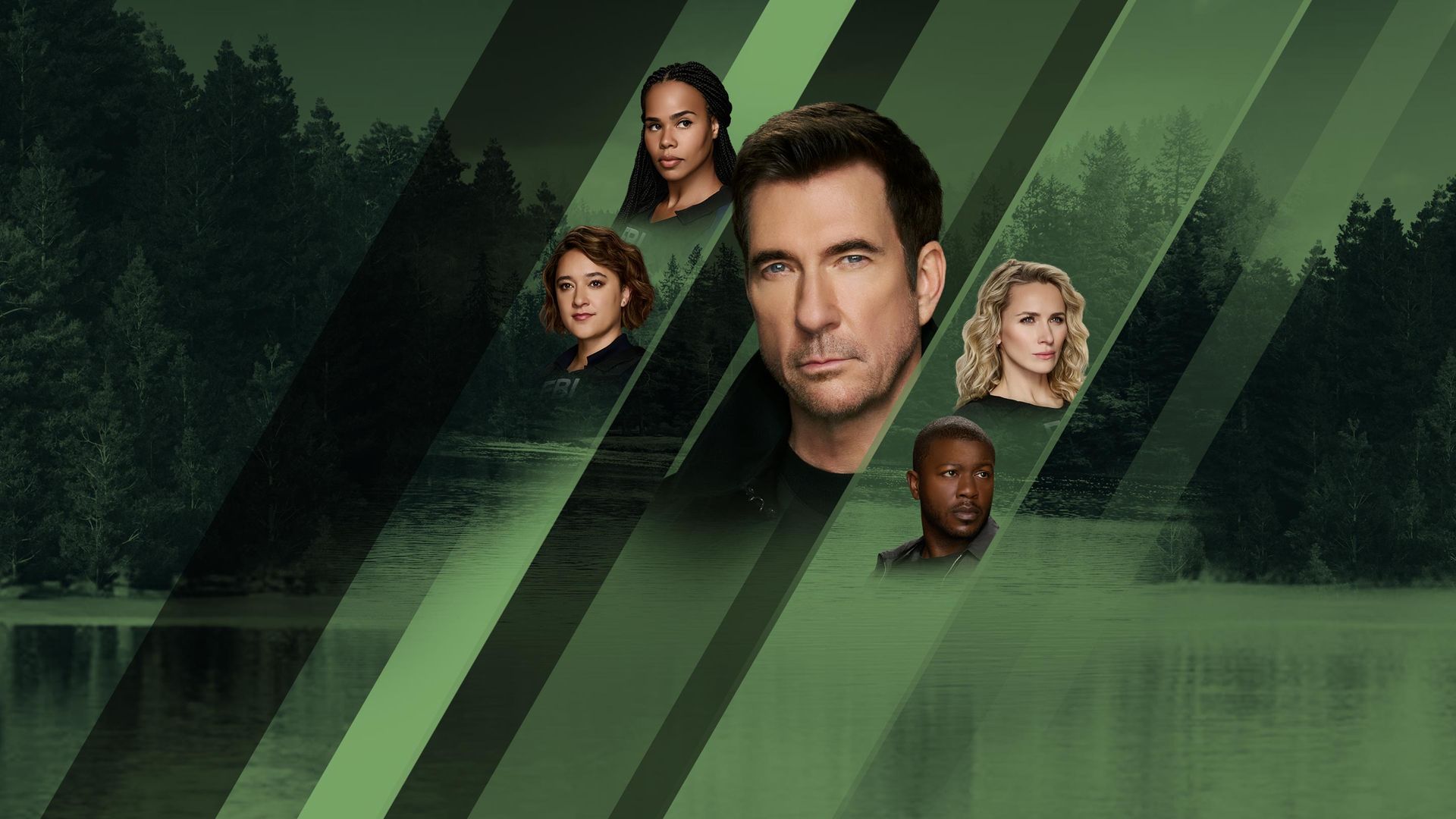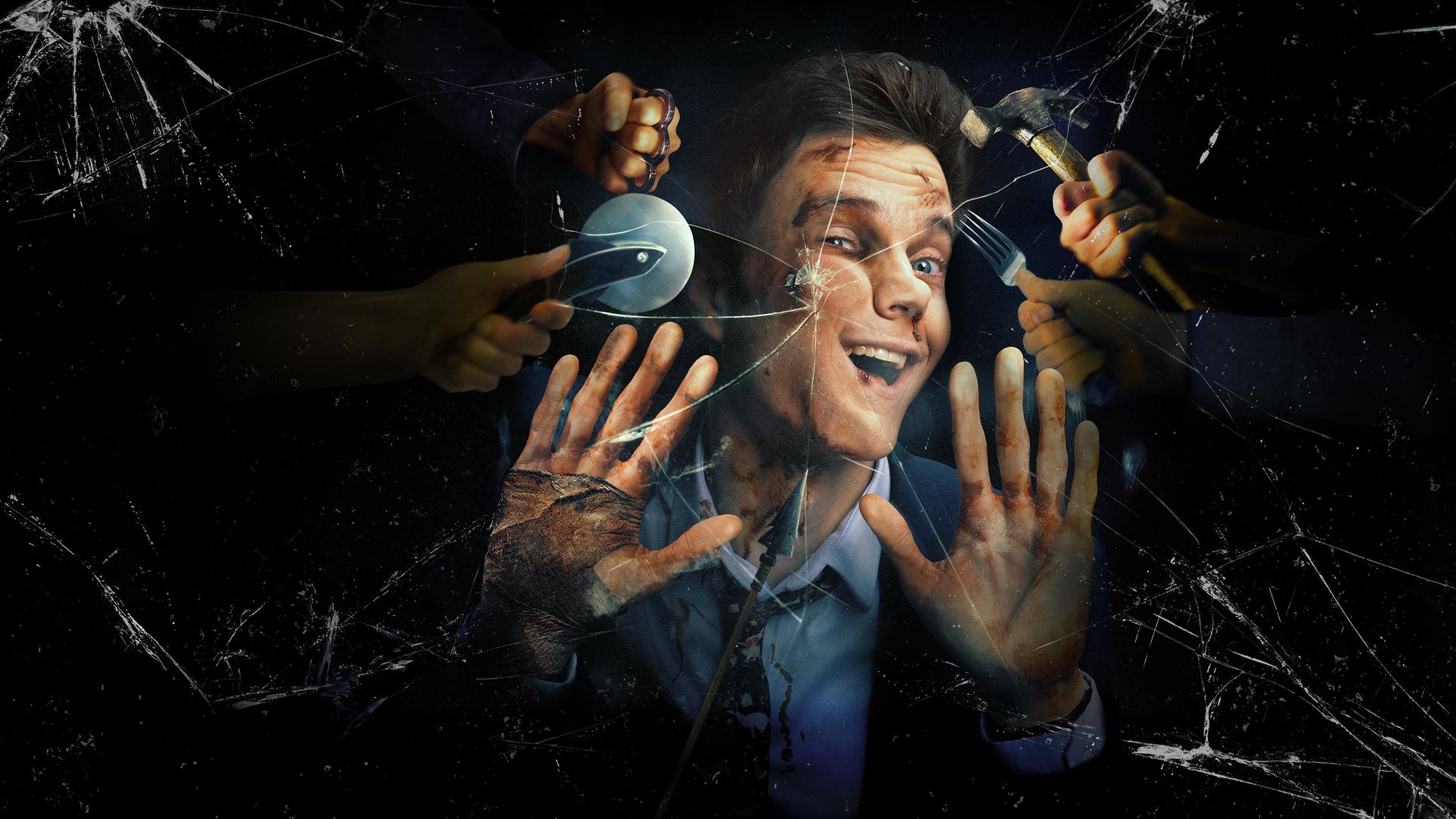-

Live Tonight 8/7c
FBI is a fast-paced drama about the inner workings of the New York office of the Federal Bureau of Investigation. -

Live Tonight 9/8c
FBI: INTERNATIONAL follows the elite operatives of the FBIs International Fly Team as they travel across Europe to neutralize threats against Americans. -

Live Tonight 10/9c
FBI: MOST WANTED focuses on the FBIs Fugitive Task Force, an elite unit that relentlessly pursues and captures criminals on the Bureau’s Most Wanted list. -

CATCH UP ON THE SEASON FINALE
WATSON follows Dr. John Watson (Morris Chestnut) six months after Sherlock Holmes' death, as he leads a clinic for rare disorders. -

NEW MOVIE NOW STREAMING
He can take a punch. Or 100. When the girl of his dreams is kidnapped, Nate uses his inability to feel pain in his fight to save her.




